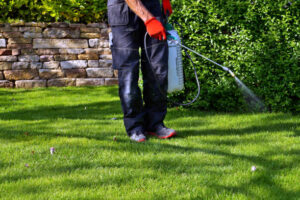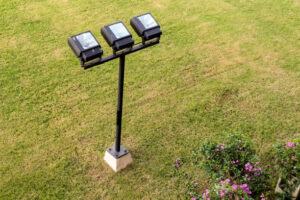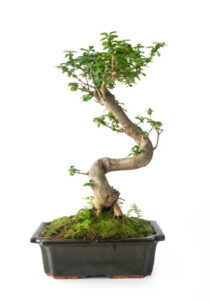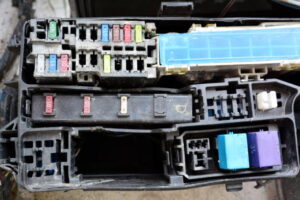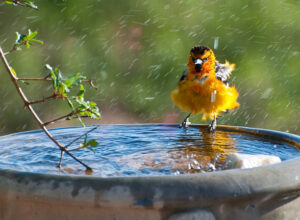Best Post Hole Digger: Digging Holes with Precision
Introduction
Whether you’re installing a fence, planting trees, or setting up a mailbox, having the right tool for digging holes is essential. A post hole digger is a specialized tool designed to make digging holes for posts or poles easier and more efficient. With various types and models available, choosing the best post hole digger can be a daunting task. In this guide, we’ll explore the world of post hole diggers, providing you with useful tips and insights to help you select the right tool for your digging needs.
Understanding Post Hole Diggers
Post hole diggers, also known as augers or earth augers, are manual or powered tools used to dig holes in the ground. They typically consist of a pair of handles connected to a set of digging blades or auger bits. Manual post hole diggers require physical effort to operate, while powered versions, such as gas-powered or electric augers, use a motor to drive the digging action. Post hole diggers come in various sizes and configurations to accommodate different types of soil and digging tasks.
Manual post hole diggers are commonly used for smaller jobs and are ideal for digging holes for fence posts, signposts, or planting trees and shrubs. They operate by driving the blades into the ground, closing the handles to scoop up the soil, and then removing the soil from the hole. This process is repeated until the desired depth is reached. Manual post hole diggers are straightforward to use and are suitable for soft to moderately hard soil. They are particularly useful for areas where maneuvering larger, powered equipment is impractical.
Powered post hole diggers, such as gas-powered or electric augers, significantly reduce the physical effort required to dig holes and can handle larger, more demanding tasks. Gas-powered augers are typically more powerful and can dig through tough, compacted soil or even rocky terrain. They are ideal for projects that require numerous holes, such as installing a large fence or planting an orchard. Electric augers, on the other hand, are quieter and more environmentally friendly, making them suitable for use in residential areas where noise and emissions might be a concern. They are generally easier to maintain and operate, although they may not be as powerful as their gas-powered counterparts.
The design of post hole diggers varies to suit different soil types and digging requirements. Standard manual post hole diggers feature two long handles and a pair of curved blades that act like scoops. These are effective for most general digging tasks. For tougher soil conditions, there are heavy-duty models with reinforced blades and handles, designed to withstand the extra force needed to penetrate hard ground.
Augers, whether manual or powered, are equipped with helical blades or bits that drill into the ground, creating a hole as the soil is displaced. The diameter of the auger bit can vary, allowing for the creation of holes of different sizes. Some augers come with interchangeable bits, offering versatility for different projects. For instance, smaller bits might be used for installing small posts or stakes, while larger bits are suitable for digging holes for larger posts or planting trees.
The choice between manual and powered post hole diggers often depends on the scope of the project, the type of soil, and personal preference. Manual diggers are more affordable and require no fuel or electricity, making them a cost-effective choice for smaller, occasional tasks. However, for larger projects or more challenging soil conditions, powered augers can save a significant amount of time and labor.
Safety is an important consideration when using post hole diggers. Manual diggers require proper technique to avoid strain or injury. It’s crucial to use the legs, rather than the back, to lift the soil out of the hole. For powered augers, safety precautions include wearing protective gear, such as gloves and safety glasses, and ensuring the area is clear of underground utilities before digging. Proper maintenance of the equipment, including checking for damage and ensuring blades or bits are sharp, also helps ensure safe and efficient operation.
In conclusion, post hole diggers, whether manual or powered, are indispensable tools for digging holes in the ground. They offer a range of options to suit different soil types and project requirements, from simple manual models for light tasks to robust powered augers for heavy-duty digging. By selecting the right type of post hole digger and following proper safety and maintenance practices, you can efficiently and effectively complete your digging projects, making post hole diggers a valuable addition to any toolkit.

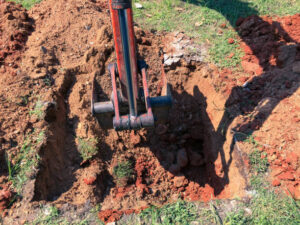

Choosing the Right Post Hole Digger
When selecting a post hole digger for your project, consider the following factors:
Type of Soil: The type of soil you’ll be digging in plays a significant role in choosing the right post hole digger. For softer soils like loam or sandy soil, a manual post hole digger may suffice. However, for compacted or rocky soils, a powered auger with greater digging power may be necessary.
Size of Holes: Consider the diameter and depth of the holes you need to dig. Post hole diggers come in various sizes, with auger bits ranging from a few inches to several feet in diameter. Choose a digger that can accommodate the size of the posts or poles you’ll be installing.
Ease of Use: Evaluate the ergonomics and ease of use of the post hole digger, especially if you’ll be using it for an extended period. Look for features such as comfortable handles, adjustable height, and lightweight construction to minimize fatigue and strain during operation.
Power Source: Decide whether you prefer a manual, gas-powered, or electric post hole digger. Manual diggers are generally more affordable and suitable for smaller projects, while powered augers offer greater digging power and efficiency, especially for larger or tougher soil conditions.
Benefits of Using a Post Hole Digger
Efficiency: Post hole diggers allow you to dig holes quickly and efficiently, saving you time and effort compared to manual digging with shovels or spades. Powered augers, in particular, can significantly reduce the time and labor required for digging holes, especially in challenging soil conditions.
Precision: With the right post hole digger, you can achieve precise and uniform holes, ensuring proper alignment and stability for your posts or poles. This is essential for projects such as fence installation or deck construction, where accurate hole placement is crucial for structural integrity.
Versatility: Post hole diggers are versatile tools that can be used for a wide range of digging tasks, from installing fence posts and planting trees to digging holes for signs or mailboxes. Whether you’re a homeowner, landscaper, or contractor, a post hole digger is a valuable addition to your toolkit.
Conclusion
Investing in the best post hole digger is essential for anyone undertaking projects that require digging holes for posts or poles. By considering factors such as soil type, hole size, ease of use, and power source, you can select the right digger to meet your specific digging needs. With a quality post hole digger in hand, you’ll enjoy the efficiency, precision, and versatility needed to tackle your digging projects with confidence and ease.









